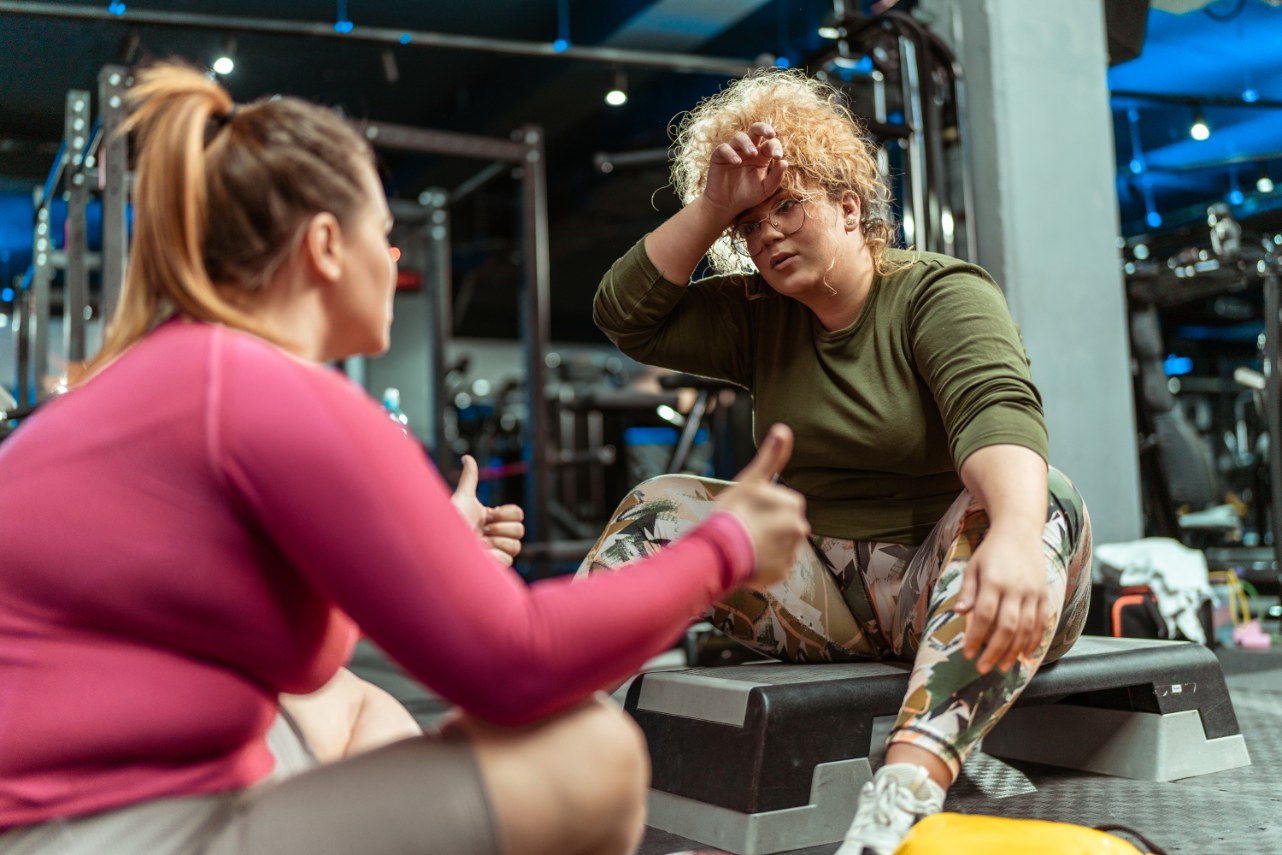As people age, the risk of injury tends to rise. Everyday activities like playing recreational sports, doing household chores, or even exercising can lead to setbacks that take longer to recover from compared to younger years. The combination of slower recovery, reduced muscle mass, and accumulated wear and tear makes understanding injury prevention and recovery strategies more important than ever.
Why Recovery Slows With Age
The body’s ability to repair itself naturally declines over time. One key reason is a reduction in collagen production, which plays an essential role in maintaining tendons, ligaments, and connective tissues. The National Institute on Aging notes that decreased elasticity and slower repair mechanisms make older adults more prone to joint injuries and longer recovery timelines.
Another major factor is the gradual loss of lean muscle mass, known as sarcopenia. Research shows that adults lose an average of 3–8% of muscle mass per decade after age 30, and the process accelerates after age 60. Less muscle means less joint stability, reduced balance, and higher vulnerability to falls and sprains. At the same time, bone density declines, increasing the likelihood of fractures.
The Importance of Patience in Recovery
Injury recovery is not just physical—it is also a test of patience. Being cleared by a doctor for basic activity does not mean the body is ready for high-intensity training. Deep tissues like ligaments, cartilage, and joint capsules may still be healing even after pain subsides. Returning too quickly often leads to reinjury, which can cause permanent limitations.
Patience is a performance enhancer. Rushing recovery creates setbacks, while gradual, steady progress restores long-term strength and function.
Every injury or surgery should be approached with the mindset that this is the body’s “one shot” at proper repair. For instance, a second surgery on a repaired joint is often less effective than the first, which underscores the importance of letting healing take its full course.
How to Prevent Injuries as You Age
Although aging increases risk, preventive strategies can significantly lower the chances of injury. Key approaches include:
- Build and maintain strength: Strength training helps support the joints and improve balance, reducing the risk of falls and sprains.
- Stay flexible and mobile: Stretching, yoga, and dynamic mobility drills reduce stiffness and keep joints functional.
- Prioritize balance exercises: Simple activities like single-leg stands or stability ball work can help prevent falls, a leading cause of injury in older adults.
- Respect rest and recovery: The body needs more recovery time with age. Rest days are as critical as workout days.
- Communicate medical history: Trainers, coaches, or exercise partners should always know about recent surgeries, injuries, or limitations.
The Role of Nutrition in Healing and Prevention
Nutrition plays a crucial role in supporting recovery. Adequate protein intake is especially important for older adults, as it supports muscle protein synthesis and tissue repair. Studies published in the National Library of Medicine confirm that higher protein diets help counteract age-related muscle loss and promote faster recovery after injury or surgery.
Anti-inflammatory foods are equally important. Omega-3 fatty acids from fish, nuts, and seeds may help reduce systemic inflammation, while antioxidants from fruits and vegetables assist in repairing cellular damage. Conversely, diets high in processed foods, refined sugar, and alcohol may prolong inflammation and slow healing.
Managing the Mental Side of Injury
Injury recovery can feel discouraging, especially for active individuals. Many people try to push harder or faster out of frustration, which often results in setbacks. Shifting perspective is essential—recovery is not wasted time but an opportunity to work on aspects of health that are often overlooked.
For example, while recovering from a knee or hip surgery, individuals can focus on upper body strength, core stability, or even mindfulness practices that reduce stress. Maintaining some form of structured activity supports mental health and keeps motivation high during recovery periods.
Safe Training Guidelines After Injury
Returning to exercise after injury requires a cautious, structured approach. Some practical guidelines include:
- Consult your physical therapist or physician: Always follow medical guidance before increasing exercise intensity.
- Start with low-impact options: Walking, cycling, swimming, or resistance bands provide safe re-entry into physical activity.
- Progress slowly: Small, incremental improvements are safer than big jumps in weight, distance, or duration.
- Track your recovery: Keep a journal of pain levels, energy, and performance to avoid ignoring warning signs.
- Incorporate active recovery: Techniques like stretching, foam rolling, and light mobility sessions improve circulation and speed up healing.
Why Prevention Is Always Better Than Recovery
Prevention remains the most effective strategy. As the Centers for Disease Control and Prevention (CDC) emphasizes, falls and injuries are a leading cause of disability in older adults, but many can be prevented with strength training, balance exercises, and environmental adjustments.
Training smart, respecting recovery, and making consistent healthy lifestyle choices can reduce the risk of injuries and help preserve independence and vitality well into later years.
Video Summary
For more evidence-based nutrition and fitness tips, subscribe to our channel: https://www.youtube.com/@Vitality-and-Wellness
Looking for extra help with your fitness goals? Check out the personalized Nutrition Program at Parkway Athletic Club: parkwayathleticclub.com/nutrition
Disclaimer: This content is for educational purposes and does not replace personalized medical advice.





